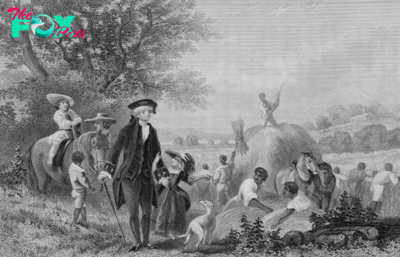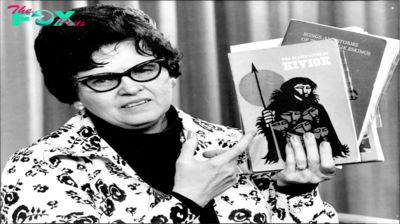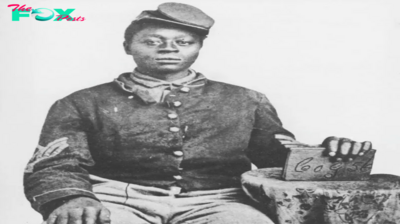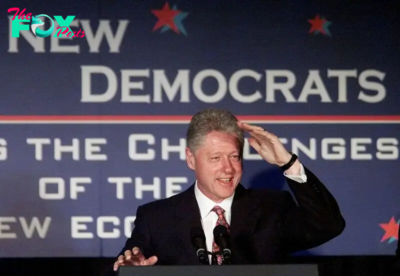History
The Public Health Community Needs to Tell the Whole Truth About the History of Measles
Measles outbreaks are back. And with each one in recent years, doctors and Health officials have urged the public to get fully vaccinated against this “deadly” disease. Every time, however, the campaign produces a predictable response from vaccine skeptics: “Quit with the fear mongering,” as one recently put it on Instagram.
After all, one of the most common “anti-vaccine” views today is the idea that measles is nothing to worry about.
This argument has gained real currency despite public health campaigns, in part because the history of measles provides factual support for the claim. In the words of physician-historian Ann Carmichael, the disease has been a “chameleon” — a virulent and deadly plague in some contexts and a common childhood annoyance in others.
For decades, health and medical experts have denied that history. And that refusal has made it harder to get the public to buy into the need to get vaccinated against measles. Instead, it created an opening for vaccination opponents to accuse the public health community of distorting facts and lying about the past, and thereby to sow doubt about the need for vaccination. But the public health community can weaken anti-vaccine forces and boost public trust in medical authorities and vaccination campaigns if they can accept and communicate measles’ history, especially as it unfolded over the last century.
Records dating back over a millennium show that measles has had a duplicitous nature since humans began documenting it. In medieval Persia, a prolific hospital physician wrote about two kinds of measles: regular measles meant a fever and rash that could be treated. “Bad” measles, by contrast, meant death.
Later, in Renaissance Europe, “bad” measles slipped from view, largely because plague took center stage. Then, during centuries of European conquest, fatal measles returned — in the Americas, where it combined with smallpox to devastate indigenous communities. In Europe, however, the disease developed a reputation for being mild, and confined to children. By the 19th century it had developed a similar reputation in the U.S. — even as it began to ravage island nations throughout the Pacific.
In the early 20th century, a small but growing number of scientists began to study measles’ ever-shifting epidemiology around the world. A boom in measles research erupted during World War II — in part because measles was one of a host of infectious diseases that had hobbled troops since the Civil War, and partly because wartime polio research had yielded new vaccine development techniques for scientists to test on other diseases. After the war, American scientists accelerated these efforts.
Read More: Measles and Misinformation Are Two Huge Public-Health Threats
By the early 1960s, their research paid off with the licensing of the first measles vaccines. But the vaccination effort immediately ran into a problem. While health officials predicted they could eliminate the disease by the end of the decade, the public showed little urgency to get vaccinated. A Delaware health officer chalked it up to measles’ reputation. The public “considered it a mild, childhood disease,” he wrote. They didn’t rush to vaccinate against measles because they didn’t fear it.
This perception had developed with good reason: virulent measles was a fading memory for most Americans. Over the first half of the 20th century, the development of an immune globulin for serious cases and antibiotics for complications like pneumonia, combined with overall improvements in health and access to medical care, meant that the death rate for measles had plummeted to one in 500,000 cases. By midcentury, it was hard to see deadly measles as anything but a thing of the past.
This reputation frustrated vaccination proponents, who pushed hard to get the public to see measles differently. They publicized its complications and appealed to a postwar quest for optimal health. Measles might not be horrifying or deadly, acknowledged the editors of the Journal of the American Medical Association, but it could still leave a person brain-damaged or deaf. Vaccine manufacturer Merck was more blunt and willing to exaggerate: it was “common” for the average measles patients to be left a “mental defective,” said a company report.
The trouble was, as vaccine proponents urged the public to fear measles, other scientists were publishing reports that supported the idea that it was a mild disease — especially in the U.S.
Their findings stemmed from vaccine trials in the 1950s and '60s that had taken place in African and South American communities chosen for their high measles death rates. Deep in the Amazon, one in three measles patients developed life-threatening pneumonia; in parts of southwestern Nigeria, one in four died. The harshness of measles in what was then called the Third World reinforced the idea that the vaccine was most important for preventing severe disease, which no longer existed in wealthier, healthier “First World” nations. A British biologist put it this way: in countries like his, measles was “emasculated.”
Scientists proffered theories to explain the sharp contrast in the manifestation of measles around the globe. Geneticist James Neel argued that measles was deadliest in places where people were already sick and poor and healthcare was out of reach. Biologist Frank L. Black argued that measles was deadliest in “virgin” or “primitive” populations inherently unable to resist the disease. Evolution, he argued, had given modern Americans better immunity to measles.
Other scientists and scholars spread the theory far and wide. None meant to undermine vaccination. But in effect they did so by sustaining the idea that for late-20th century Americans, measles wasn’t deadly — even as Health authorities and doctors were saying the opposite.
It ended up taking 40 years of vaccine campaigns before finally, in the year 2000, health officials declared measles eliminated from the U.S.
Just as the disease was eliminated, however, a new strand of vaccine hesitancy was taking shape, with much of it focused on fears about the safety of the measles-mumps-rubella, or MMR, vaccine, that were later proved to be unfounded. As some Americans started to worry that the vaccine was more dangerous than the disease, health experts doubled down on the message that measles was deadly — and began to explicitly deny that measles had ever been something taken lightly.
Read More: Why Measles Cases Are Rising Right Now
But in an increasingly digital age, it was easier than ever for vaccine skeptics to find evidence to the contrary and share it widely. The chasm between what public health officials were saying about measles and the information circulating on social media helped chip away at Americans’ trust in public health. And that has helped measles make an apparent comeback in recent years.
To be fair, multiple factors are driving the return of measles. This year’s spike in cases, for instance, was practically guaranteed by the combination of lapsed vaccinations due to the COVID-19 pandemic, outbreaks abroad, and increased global travel. It also takes an exceptionally high vaccination rate to keep measles at bay; even with more than 93% of kindergartners vaccinated, measles can gain a foothold.
But the resurgence of measles hasn’t changed the message from public Health officials. Today, like 60 years ago, they continue to warn about the most severe potential complications of the disease — pneumonia, brain iNFLaMMAtion, pregnancy complications, and death — in an effort to convince the unvaccinated to change their minds. But when the vaccine hesitant find evidence that measles was once considered trivial, in old television shows shared online, say, or in grandparents’ personal stories, it tells them that Health experts are willing to dissemble about the past to support policies in the present. And research shows that when the public perceives bias or a lack of transparency in Health experts, they lose faith in their expertise.
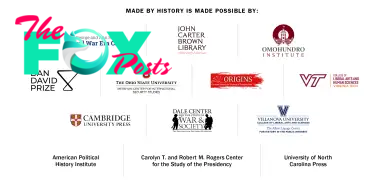
Fortunately, research also shows what builds trust in public health. On the list: de-polarizing conversations and addressing head-on anything that might be construed as a hidden agenda. That means accepting and openly sharing the history of measles. Many Americans got the disease and recovered, while a far smaller number suffered severe disability or death. Importantly, as we know now, for those people, living in a vaccinated population can be life-saving. Saying all of this isn’t anti-science, or anti-vaccine. It’s just the full, nuanced truth about the past, which should diminish fear that the public health community is hiding something — and could even increase vaccination rates for measles and other diseases in the present.
Elena Conis is a historian of medicine and professor at the University of California, Berkeley. She is the author of Vaccination Nation: America’s Changing Relationship with Immunization, How to Sell a Poison: The Rise, Fall, and Toxic Return of DDT, and the forthcoming Measles: A Global History.
Made by History takes readers beyond the headlines with articles written and edited by professional historians. Learn more about Made by History at TIME here. Opinions expressed do not necessarily reflect the views of TIME editors.
-
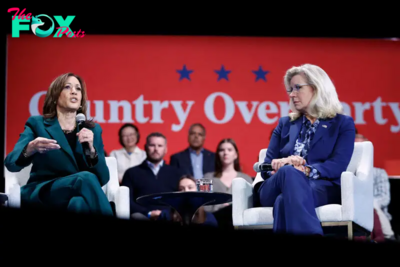
 History1w ago
History1w agoWhy People Should Stop Comparing the U.S. to Weimar Germany
-
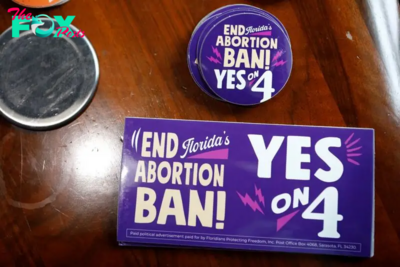
 History1w ago
History1w agoFlorida’s History Shows That Crossing Voters on Abortion Has Consequences
-

 History1w ago
History1w agoThe 1994 Campaign that Anticipated Trump’s Immigration Stance
-
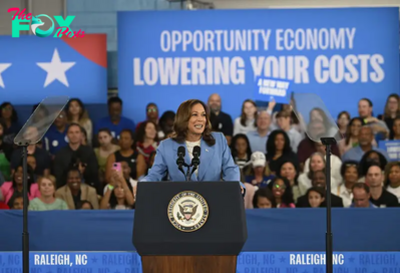
 History2w ago
History2w agoThe Kamala Harris ‘Opportunity Agenda for Black Men’ Might Be Good Politics, But History Reveals It Has Flaws
-
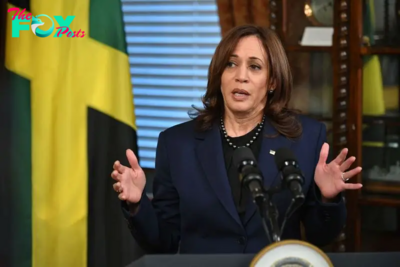
 History2w ago
History2w agoLegacies of Slavery Across the Americas Still Shape Our Politics
-

 History2w ago
History2w agoKamala Harris Is Dressing for the Presidency
-
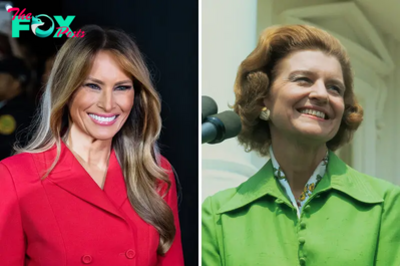
 History2w ago
History2w agoWhat Melania Trump’s Decision to Speak Out on Abortion Says About the GOP
-

 History2w ago
History2w agoThe Long Global History of Ghosts
